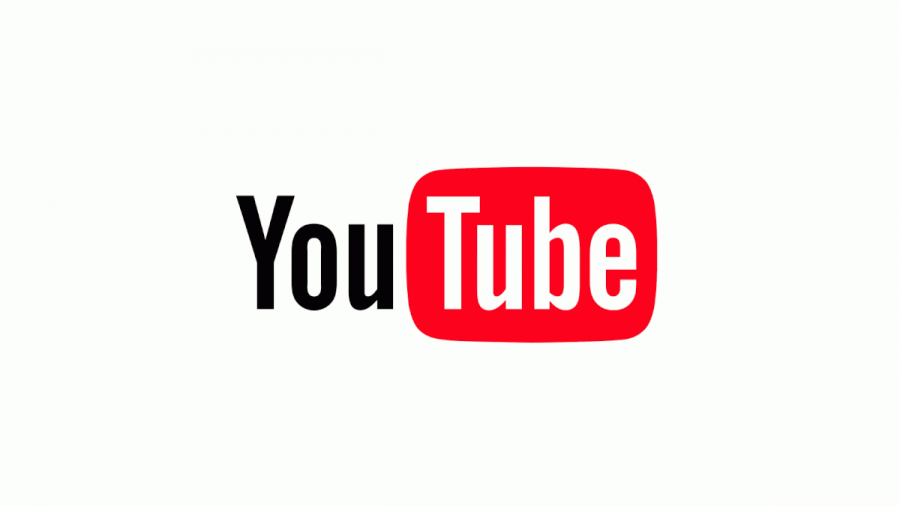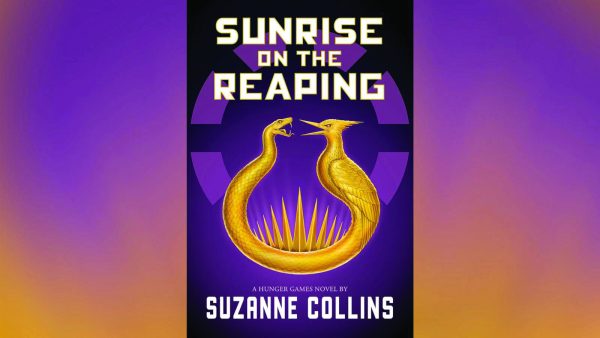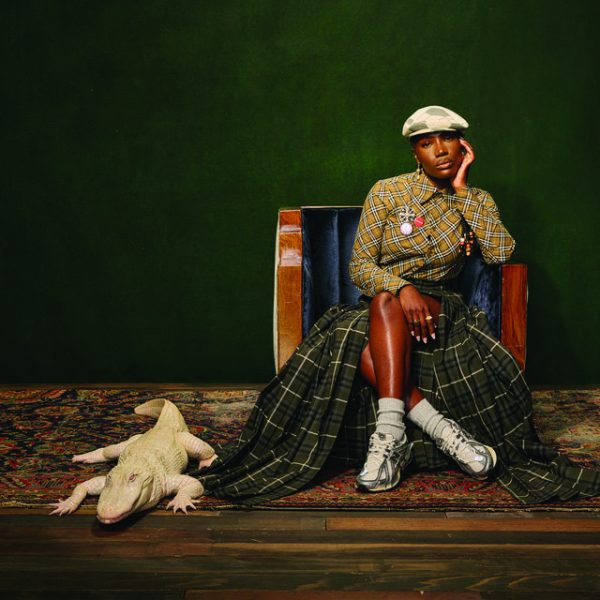YouTube Community Changes
Credit: The Verge
The YouTube community has long been known for trying to create a safe and enjoyable environment for both its users and creators. However, recently the platform has been struggling with content issues and has tried to combat them with new policy. But is new policy really what it needs?
If you haven’t already heard of the Logan Paul controversy, here’s the Sparknotes version: Paul is a popular vlogger on YouTube who has amassed a cult like following of more than 16 million subscribers. On a recent trip to Japan he visited Aokigahara Forest, also known as suicide forest, where he came across a dead body. Rather than stop his vlog, he recorded the body and posted it in a video. This came with backlash for not only Paul, but YouTube as well for not taking the video down as it was flagged as inappropriate content, especially considering Paul’s audience ranges from 9-14. Since this debacle Paul has been removed from the YouTube ad program and lost his series Foursome, as well as a starring role in sequel to a YouTube original film Thinning.
The ordeal motivated YouTube to change the way creators can be paid for their videos. In order to be paid for ads, creators have to have at least 1,000 subscribers and log 4,000 hours of watch time in a year. The concept is that in order to gain such a following, a creator can’t just be fake. The content would actually have to come from somewhere in order for them to get paid for it. But that comes at the price of sacrificing smaller YouTubers, who have done nothing wrong. Those creators who aren’t over 1,000 subscribers, now receive nothing, all because of a situation they could not control. It also gives the essence that Youtube is no longer about supporting creatives but impressing advertisers, which is not the sentiment that YouTube was founded on.
Paul is not the first and more than likely won’t be the last to make a huge problem like this. In 2015, Sam Pepper, a prank channel, pranked his friends by pretending to murder one of them in front of the other. PewDiePie, a popular gaming channel with over 60 million subscribers, was also dropped from the advertising program last year for saying “death to all Jews” as a “joke” in one of his videos. YouTube has created celebrity like status to its elite and with that created monsters.
People who think they can say and do whatever they want, because why not?
Clearly the effort is being made on behalf of YouTube to prevent incidents like this from happening, but what about its users?
The responsibility of making YouTube a safe environment falls upon the shoulder of its viewers as well. Their clicks and subscriptions are what give these kinds of people the power to continue to thrive on the platform.
If users continue to watch Logan Paul, what more can YouTube do?
In the last 30 days, Paul’s channel has gained more than 1 million followers. It is not up to YouTube to block what people watch. It is up to people deciding for themselves what content and creators they are going to endorse with their attention.






